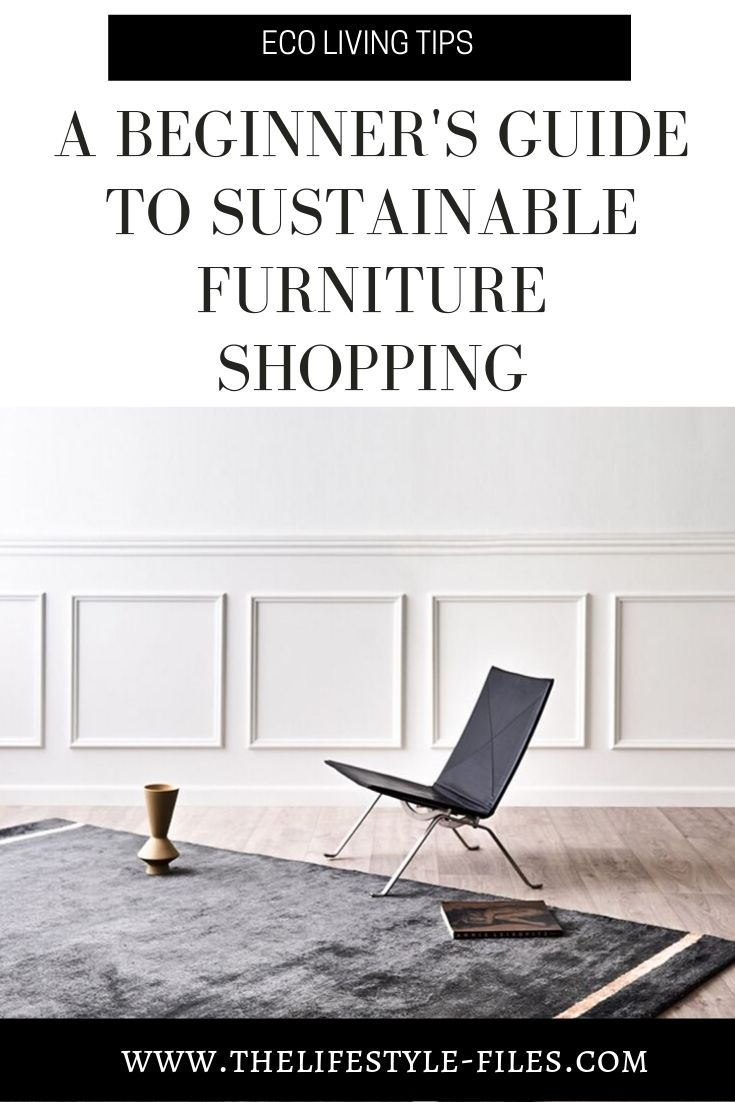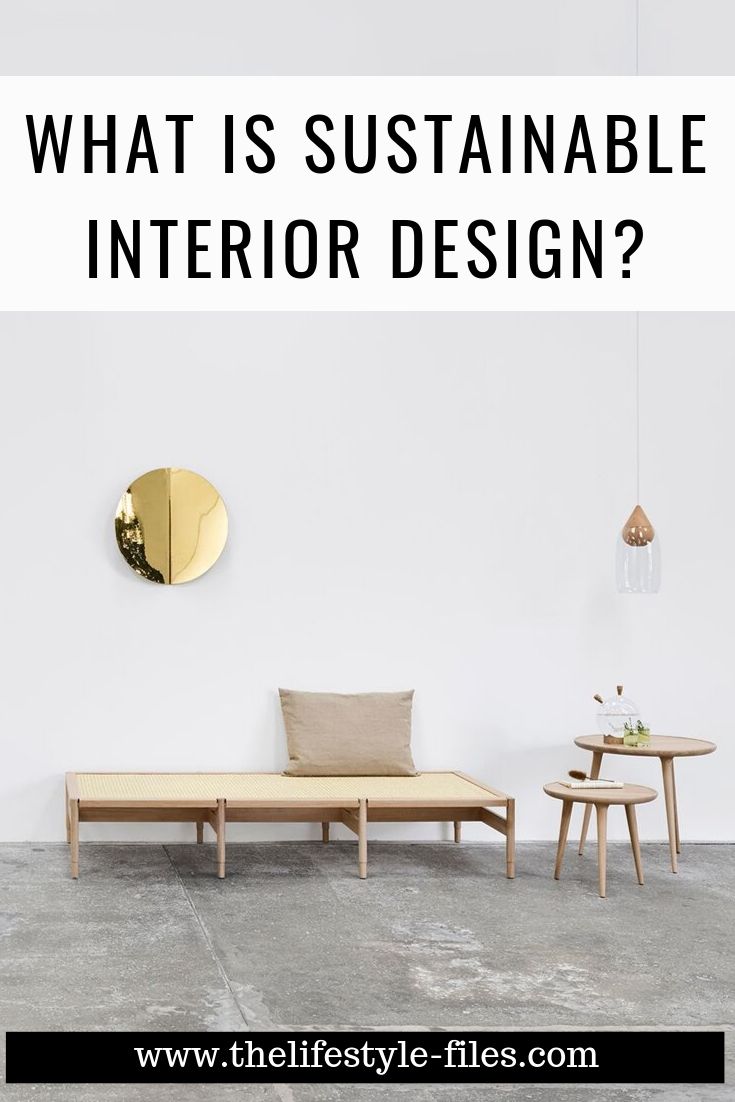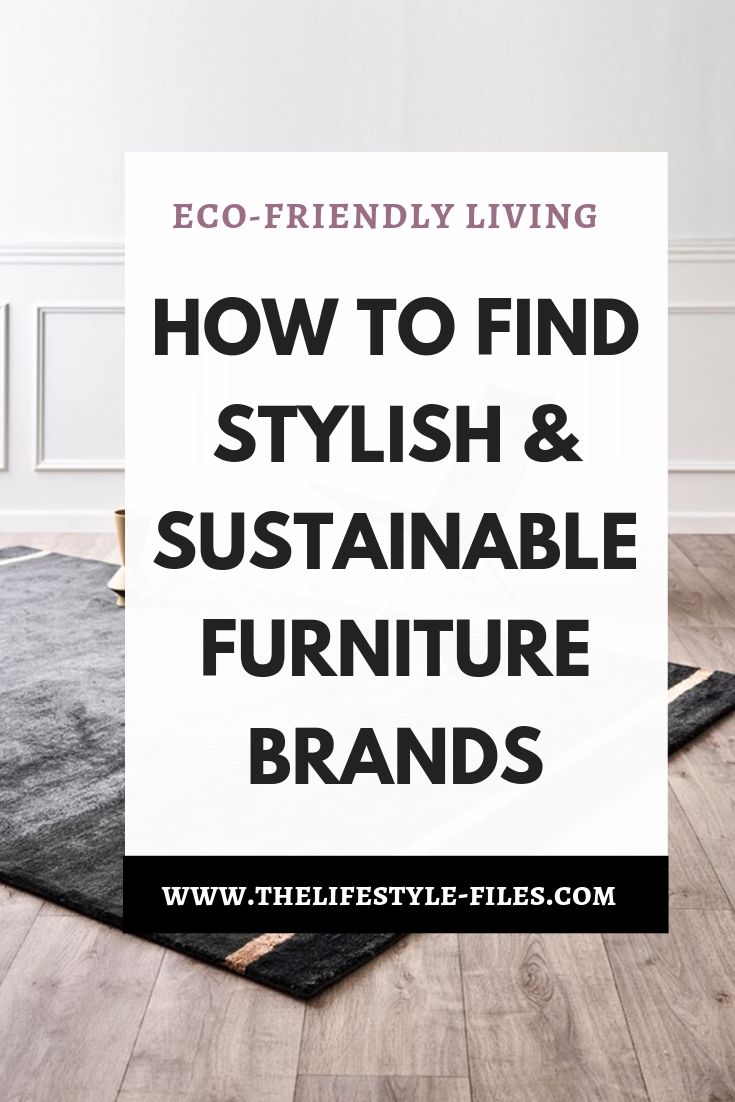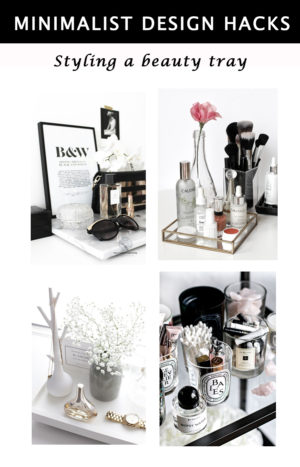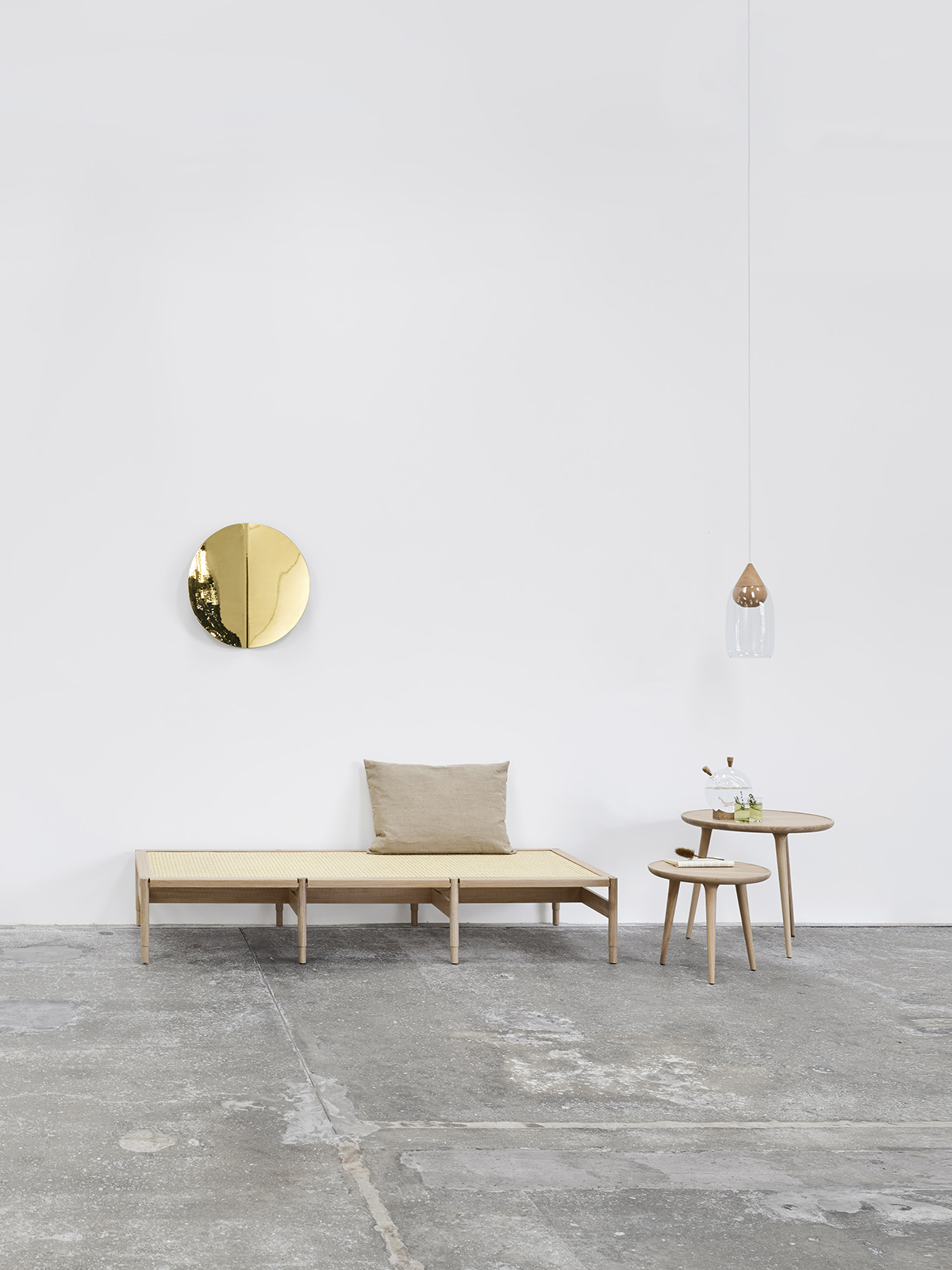
Since we’ve recently moved into a new flat and we have to buy A LOT of new furniture and homeware (as the flat was basically empty), it was only natural that I started to research the sustainability aspects of interior design and shopping.
Unfortunately, there are a lot of things that I do not have control over, for example, heating options or installing solar panels (it’s kinda impossible for this flat) that could have huge sustainability benefits. If I’ll ever move into or build a new house, I’ll definitely look into available sustainable technology (and I urge everyone to do the same), but even in this situation, I wanted to make sure I did everything I could to make my home more sustainable.
A lot of sustainability-related things are happening currently in the interior design space. Traditionally, environmental concerns may not have been the focus of interior design, but that is definitely changing. Increasingly, designers and brands are starting to take into account the environmental impact of the interior design process from design and production to shipping and recycling. The era of eco-design has started and I think we’ll see a lot more brands incorporating sustainable practices into their operations, as well as coming out with a range of new eco-friendly innovations.
I’ll share a lot more sustainability-related news and brand recommendations in the future, but for starters, let’s see what the basics of sustainable interior design are.
Low-pollution and low-waste logistics and shipping
When you’re buying new furniture, it’s kind of impossible to totally reduce the environmental issues stemming from shipping and logistics. The nature of today’s global economy is such that the production chain is scattered all around the world. Wood may be sourced from the forests of Asia, leather from Europe, the furniture is manufactured in the US, and the finished product is shipped all around the world.
Honestly, I have no good solution for this apart from trying to reduce the logistics burdens as much as I can (or find sustainable brands that incorporate low-pollution logistics into their practices). I always try to shop local as much as I can. Whenever I look for a new piece of furniture, I first research local, preferably smaller designers. If I don’t find the perfect piece, I extend my research to international brands. If I find something, I try to buy it from local shops (or order online and pick it up at the store), at least they usually buy the stuff in bulk, so that minimizes the shipping.
I still do online shopping as well, in that case, I try to order several items from the same site and I never order outside of the EU.
Sustainability in consumption
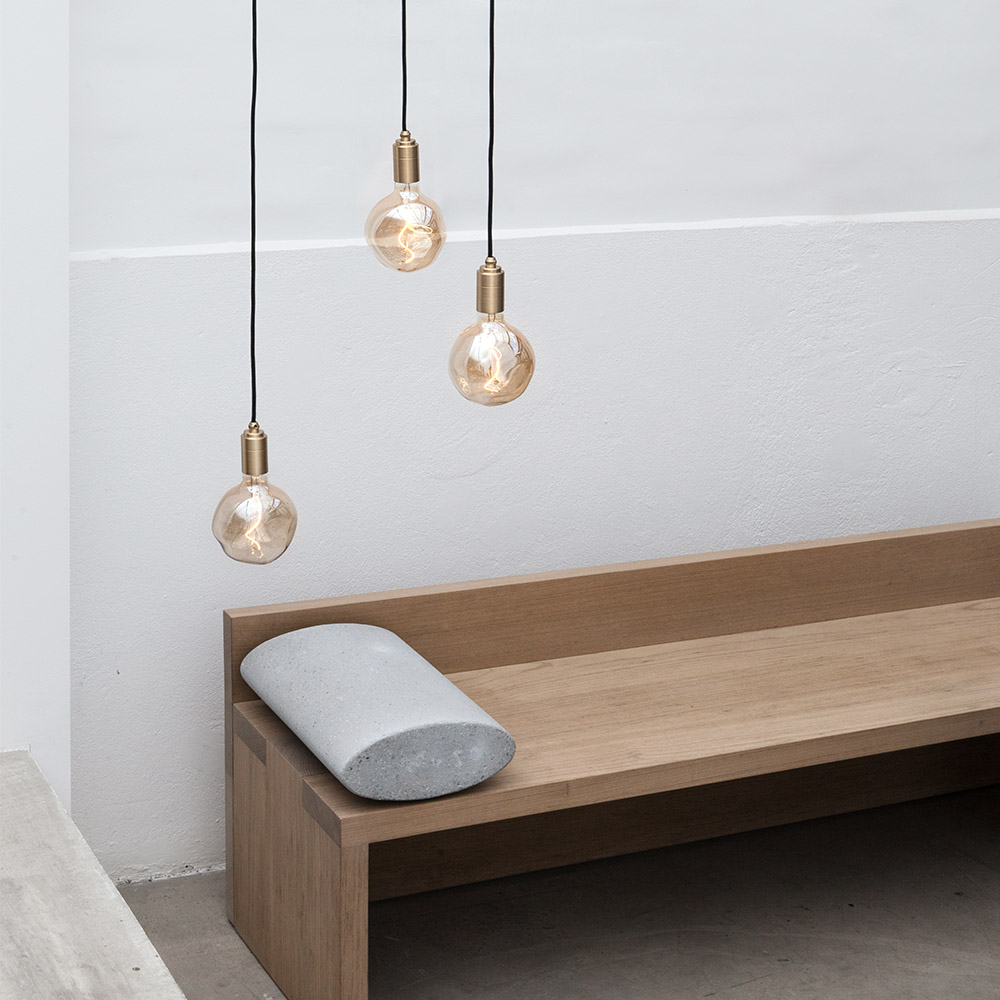
Furniture shopping has changed a lot in the last few decades. While previously furniture was something that usually followed people from one move to another, nowadays it seems we’re a lot less attached to our items. There are many valid economic and financial reasons for this: people move a lot, they live in rentals, and (especially younger people) have less disposable income to spend on higher quality, investment items. But these are not the only reasons why we consume a lot more furniture than before.
The fast fashion ethos and strategies have permeated the furniture industry as well. There are seasonal trends and seasonal IT colors, design displays, fairs, events, ads, magazine spreads bombard us with the latest cool products. Companies are taking advantage of our need for instant gratification – you don’t have to wait months to get new furniture, you can buy it in a store for a fraction of the price. Fast fashion companies have even started their own interior lines.
This is often very convenient and, as I said, sometimes it makes sense to save on furniture, but if we’d like to be more sustainable, we should adopt a more intentional and maybe slower approach. With this flat, I prioritize longevity, design, and quality above anything else. I want to get items that give me joy and will be with me for many, many years in the future. My advice to everyone considering buying any kind of furniture or homeware (new or second-hand) is to invest the time for research, don’t compromise on quality and comfort, do not rush the process, and wait until the perfect (for you) item turns up. That’s a good and sustainable approach.
Local, vintage & second-hand shopping
Giving new life to a product is always the most sustainable option and that is true for furniture as well. Second-hand, recycled, salvaged, upcycled – there are so many options and ways to extend the life of a piece of furniture. Vintage furniture shopping is an art in itself – not always the cheapest option, especially if you’re going for vintage designer pieces, but definitely a cool way to be environmentally conscious and add some unique pieces to your home. Scout your local second-hand and vintage shops, just don’t forget to check the quality of the items – durability and longevity are just as important with secondhand furniture as it is with buying new.
Eco-friendly and sustainable materials and fabrics
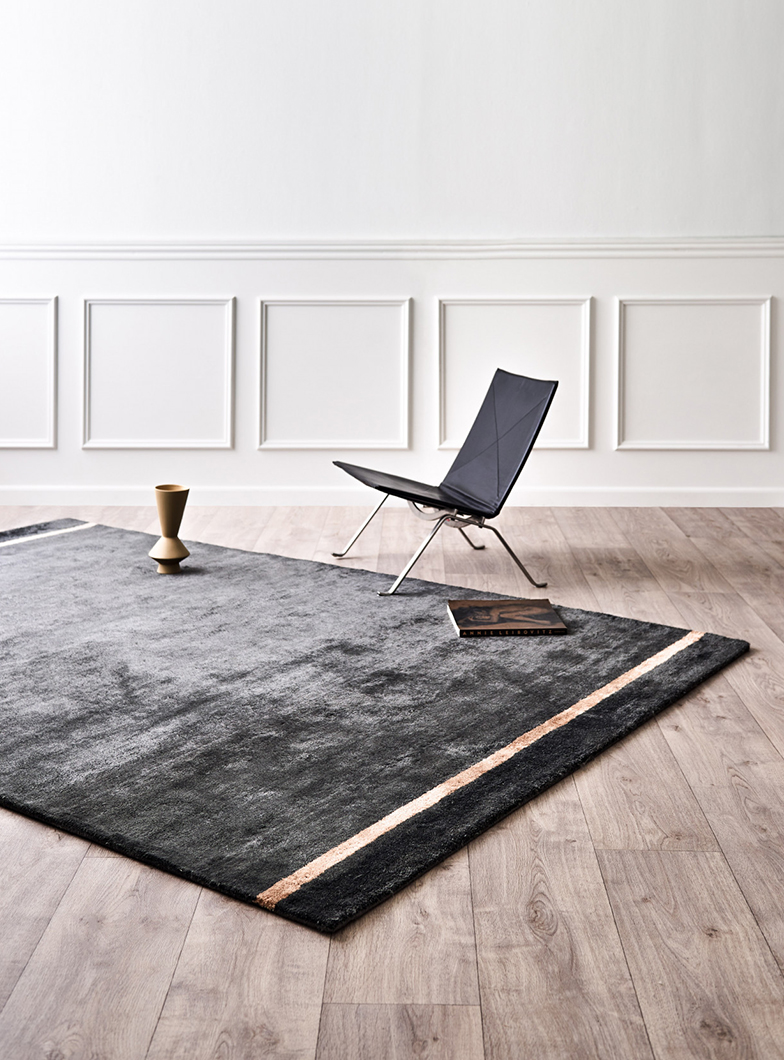
It’s important to consider sustainable and ecofriendly materials and fabrics when buying furniture and homeware. Here are a couple of options:
+ FSC-certified wood: Chopping down trees is never a good thing, however, there are more sustainable ways to harvest wood. If you wanna buy wood furniture, if you can, look for FSC-certified wood. FSC stands for Forest Stewardship Council, a nonprofit organization promoting responsible and sustainable forest management. FSC certification means the wood was sourced from responsibly managed forests.
+ Reclaimed, recycled or salvaged wood: There are differences between these, though sometimes that difference is not quite clear as they are used interchangeably. Reclaimed wood is upcycled wood that comes from old buildings, ships, warehouses, etc. The wood is basically repurposed, but its state and physical properties are not changed. Recycled wood has been reprocessed and reconstructed into a new product. Salvaged wood is wood that has not been used before, like fallen trees or logs. All are sustainable options.
+ Bamboo: bamboo is considered a sustainable material, as it’s fast-growing (it is actually a grass, not a tree), quickly renewable, it takes less energy to produce it than wood, and it’s durable and versatile so it can be made into a lot of products, even furniture.
+ Rattan: Rattan is quite similar to bamboo in terms of its sustainable benefits. It grows really fast, is produced in a low-energy and low-waste way (meaning it doesn’t have to be treated and processed that much), and since it’s a natural material, it’s recyclable and biodegradable. I’m actually quite into cane seating and doors at the moment.
+ Stone (preferably recycled or salvaged): Using natural stone has both pros and cons. It’s very durable, usually requires low maintenance, and recyclable. However, as it’s a finite and non-renewable natural resource, it cannot be viewed as truly sustainable. It just goes to show that sustainability is not always a black and white issue. I’m a big fan of using salvaged or recycled stones though – currently, we’re designing a side table made of salvaged limestone.
+ Recycled plastic, metal, and other materials: A lot of brands are doing cool things out of recycled materials. Ferm Living makes beautiful minimal-style rugs out of used plastic bottles. Belgian designer Charlotte Jonckheer has created a side table with a stone top supported by curved recycled paper and stone dust legs. Mater created its Ocean collection of outdoor furniture out of recycled fishnets and recycled hard plastic. There are so many creative sustainable products, and I think that this is just the beginning of a new era of recycled furniture and homeware.
+ Natural fabrics for home textiles: When it comes to home textiles, like rugs, throws, bedding or towels, natural fabrics are the most sustainable options, preferably certified or recycled. Organic cotton, linen, organic wool, bamboo, hemp, jute – there are many options to choose from. Look for the GOTS (Global Organic Textile Standard) certification if you can, which is a textile processing standard for organic fibers, including ecological and social criteria, backed up by independent certification of the entire textile supply chain + go for products that use recycled fabrics if you can.
Discarding furniture with care
Sometimes we do have to part with our furniture, but it’s important to do it in an environmentally-friendly way. Give it away to friends who may use it, donate it to charities or sell it with the hopes that someone may use it for many more years.
Sustainable furniture and homeware brands
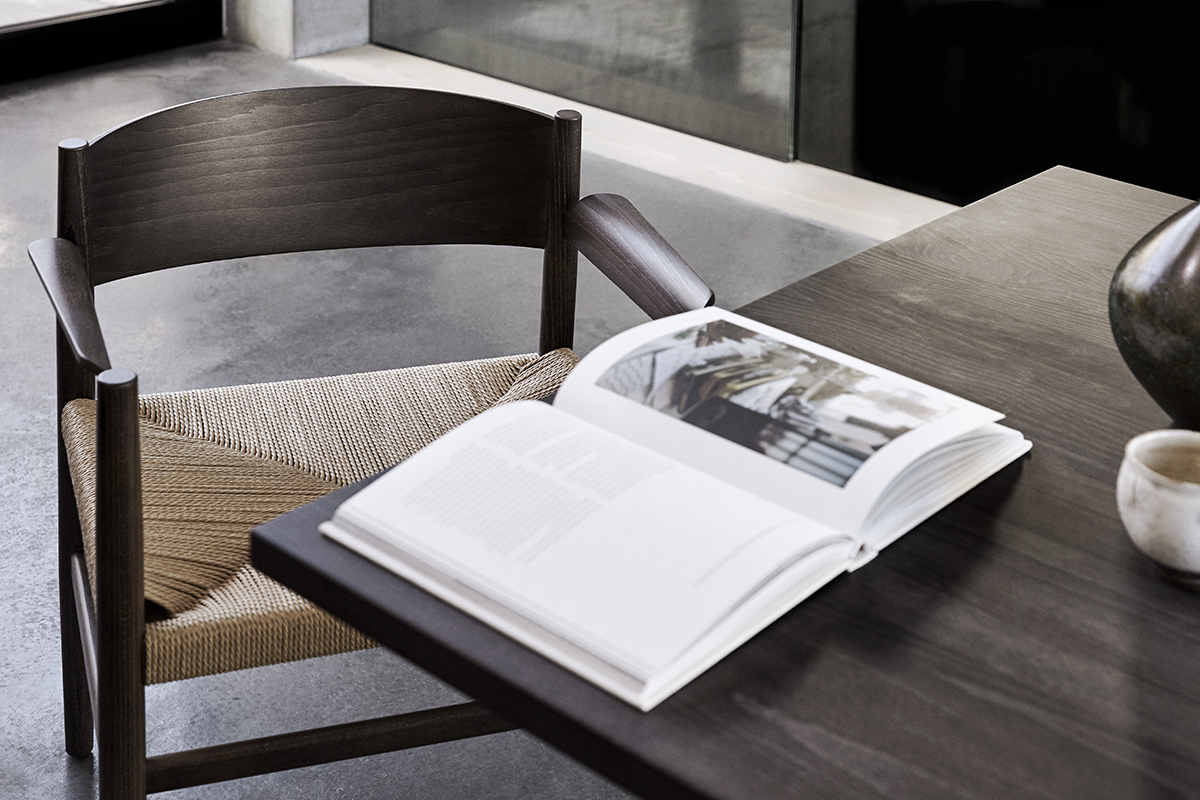
What makes a furniture or homeware brand sustainable? It’s not always easy to tell as sustainability is a multi-faceted issue, and usually not black and white. Even brands with the best intentions put a burden on the environment with their production, but still, many of them are taking sustainability quite seriously and do the best they can. Generally, we can say that eco-friendly design is about a combination of the following things:
- Energy-efficiency
- Low-pollution production and logistics
- Low waste production
- Durable, flexible, versatile, and easy-to-repair design
- Recycling-friendly design and production (either uses recycled materials or can be recycled easily)
- Sustainably sourced materials
- Ethical production and working standards
- Use of innovative new eco materials
I think nowadays it’s quite easy to find sustainable homeware (e.g. accessories, ceramics, bedding, home textiles) brands. Sustainable furniture brands may take a bit more research but are not impossible to find. The following 5 questions can help evaluate the sustainability of interior design brands:
- What is it made of?
- Where do the materials and fabric come from? Are they certified?
- Where was this furniture made?
- Does the brand have a sustainability and ethical production manifesto? Do they have concrete measures, reports or are they too vague on their sustainability claims?
- Can this item be recycled, passed on, or discarded responsibly?
I try to educate myself about sustainable interior practices and I do try to find sustainable brands, but I definitely cannot say everything I buy falls into this category. I think it’s very important to be informed about the sustainability aspects of the things we buy, but for me, good design, great quality, and longevity are equally important. I follow the same process with buying furniture as with fashion shopping: I buy less, but I buy things I truly love because that is the way I can ensure I don’t constantly feel the need to buy more – and that is the essence of sustainability for me.
Home do you make your home more sustainable?

